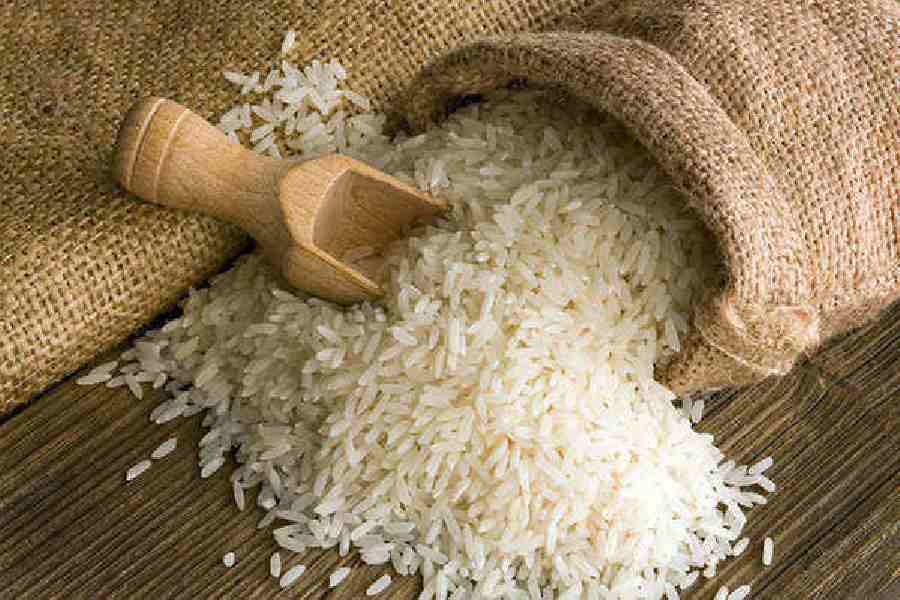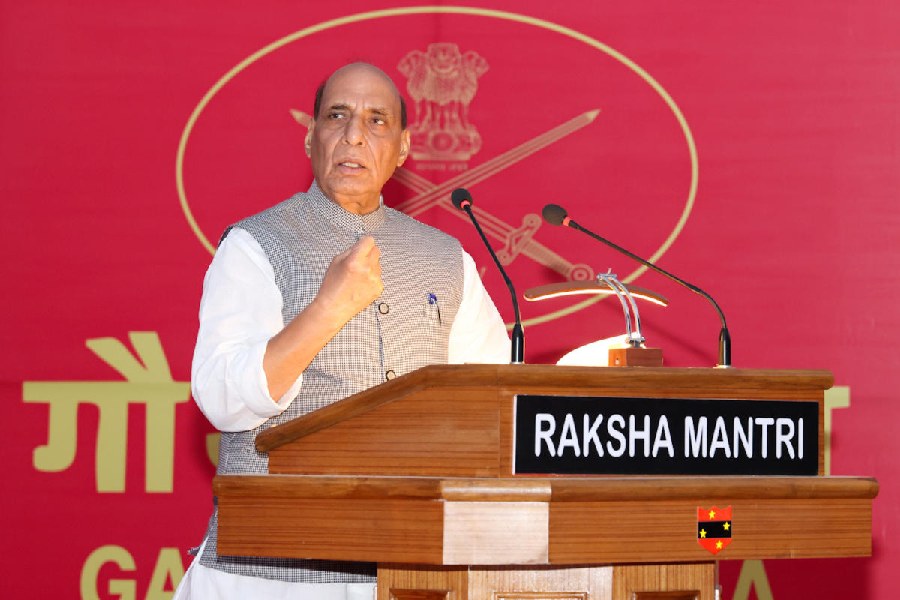There is a reason why gluttony is considered to be one of the seven deadly sins. But it is not sinning humans who are paying the price for their insatiable appetite: modern research suggests that nature has to bear that cross. A study led by the National University of Singapore that was published in PLOS One analysed the biodiversity footprint — an item’s contribution to environmental pressures — of 151 popular dishes from across the world. The ranking was based on the number of species impacted in producing a dish. While lechazo, a roast lamb recipe from Spain, led the tally of the most damaging meals, idli and rajma — relished in large parts of India and even wolfed down by environmentally-conscious vegans — ranked six and seven, respectively, on the list.
It is not just Indian vegans who will find it hard to swallow this bitter truth; scientists, too, were surprised at the high biodiversity footprints of dishes that comprise rice and legumes. This is because while the environmental costs of meat and meat-based dishes are well-documented, the land conversion that takes place for the cultivation of rice and legumes is not often taken into consideration by the Greens — policy and humans. The truth is that agriculture is the single-largest source of environmental degradation, responsible for over 30% of global greenhouse gas emissions, 70% of freshwater use, and 80% of land conversion. Burgeoning population in the past and, now, climate change have aggravated this potency. A study by the Arizona State University shows that as erratic and extreme weather affects crop yields, not only will more natural resources be used up to ensure food security but farmers will also increasingly turn to industrial agriculture that prioritises productivity over biodiversity. Even India’s Green Revolution, which, while making the nation food secure, has led to serious ruptures in local ecological balances.
Agriculture’s predatory relationship with biodiversity has the potential to upend traditional notions of ecological conservation. The future of the planet and of biodiversity will depend on humanity’s ability to introduce radical changes in what it consumes and the methodology of agricultural production. The hope perhaps lies in the introduction of agroecology to various parts of the world to produce food in a way that harnesses biodiversity by combining traditional knowledge systems with modern research. Informed choice would also be crucial in this battle: by choosing a millet idli over one made from rice, consumers could help fight biodiversity loss and climate change.
The link between food consumption and biodiversity has ramifications for other spheres such as culture and politics. The need to cut down on meat consumption is an ecological imperative but awareness and consensus would be the key to facilitate this transition. In authoritarian polities, where personal choice is often impeded by ideological considerations — the attempt to impose vegetarianism on a largely non-vegetarian India is an example — ecological interests could easily be weaponised by regimes to meet political ends. Is a greener planet then possible only by crossing red lines?











